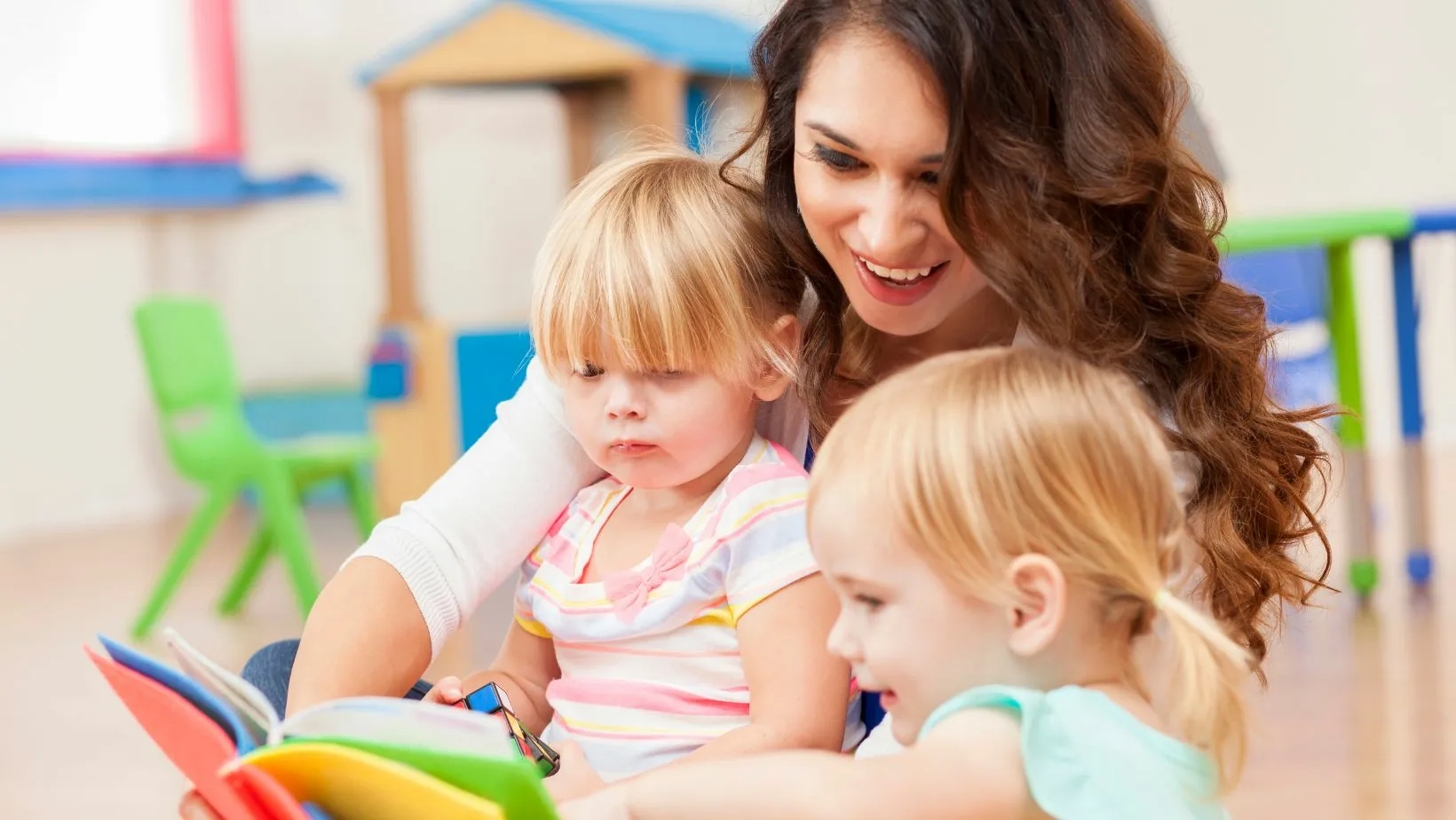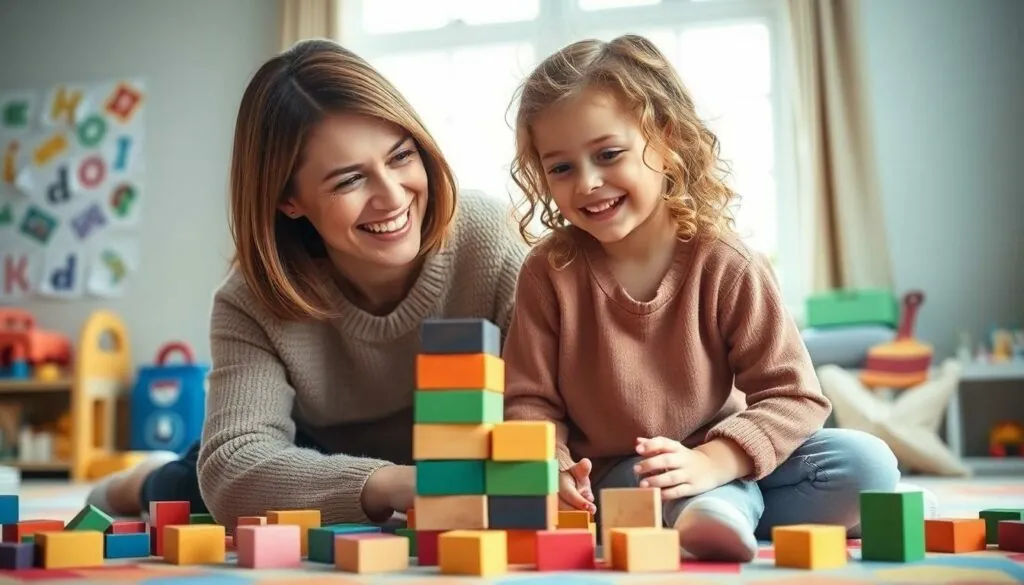Table of Contents
ToggleNavigating the toddler years can feel like trying to herd cats—adorable but chaotic. As little ones explore their world with boundless energy and curiosity, parents often find themselves in a whirlwind of emotions, tantrums, and the occasional snack-related meltdown. But fear not! Positive parenting tips can transform these challenging moments into opportunities for growth and connection.
Understanding Positive Parenting
Positive parenting focuses on building healthy relationships between parents and their toddlers. It emphasizes guidance, support, and nurturing positive behaviors.
What Is Positive Parenting?
Positive parenting encompasses an approach that encourages open communication and emotional support. Parents practice active listening, which promotes understanding and trust. Demonstrating empathy helps children feel valued and secure. Setting clear boundaries complements this method, guiding children in appropriate behaviors. Encouraging independence while providing reassurance fosters confidence in toddlers. Utilizing positive reinforcement strengthens desired behaviors through praise and encouragement.
Benefits for Toddlers
Toddlers gain numerous benefits from positive parenting techniques. Enhanced emotional regulation occurs as they learn to express feelings constructively. Improved social skills develop through the practice of sharing and taking turns. Children exhibit greater self-esteem due to consistent praise and support. Positive parenting also nurtures critical thinking skills, allowing toddlers to make choices confidently. Ultimately, strong parent-child bonds form, resulting in a secure and happy environment for growth.
Building a Strong Foundation
A strong foundation supports toddlers’ emotional and social development. Focus on two key aspects: creating a safe environment and establishing routines.
Creating a Safe Environment
Designing a safe environment encourages exploration. Parents should secure furniture, cover electrical outlets, and ensure choking hazards are removed. Such measures foster a sense of security in toddlers, allowing them to learn without fear. Include age-appropriate toys that stimulate curiosity and creativity. Safe spaces promote independence, empowering children to navigate their world confidently. Consistently reinforcing safety practices helps toddlers understand boundaries and the importance of precaution.
Establishing Routines
Creating routines introduces predictability to a toddler’s day. Consistent schedules for meals, naps, and playtime help children know what to expect. Familiar patterns reduce anxiety and support emotional stability. Incorporating simple tasks into daily routines, like picking up toys or helping with chores, builds responsibility. Making transitions smooth through verbal reminders and visual cues aids comprehension for toddlers. Establishing these routines reinforces positive behavior and enhances self-discipline over time.
Effective Communication Strategies
Effective communication is essential for fostering strong connections with toddlers. Building trust relies on expressing thoughts and feelings clearly, which helps them learn to share their emotions too.
Encouraging Open Dialogue
Encouraging open dialogue starts with inviting toddlers to express themselves freely. Asking open-ended questions enables them to share their thoughts without fear of judgment. Using simple language ensures they comprehend and feel confident in their responses. Validating their feelings demonstrates respect for their emotions, making them more likely to open up. Sharing your own experiences in relatable terms strengthens the bond further. Celebrating their attempts at conversation reinforces their eagerness to communicate. Ultimately, continuous encouragement builds their confidence and fosters a supportive environment.
Active Listening Techniques
Active listening techniques enhance understanding between parents and toddlers. Focusing completely on what they say shows genuine interest. Repeating or paraphrasing their words confirms comprehension, while maintaining eye contact emphasizes attentiveness. Embracing nonverbal cues, such as nodding and smiling, communicates engagement and support. Providing feedback through appropriate responses encourages further dialogue. Asking follow-up questions deepens the conversation, allowing toddlers to elaborate. Practicing patience throughout the exchange develops their communication skills and strengthens their self-esteem. Prioritizing these techniques fosters a nurturing atmosphere for growth and connection.
Positive Reinforcement Techniques
Positive reinforcement plays a crucial role in positive parenting, especially for toddlers. Techniques that encourage desirable behaviors effectively create a supportive environment for growth.
Rewarding Good Behavior
Rewarding good behavior reinforces the actions parents wish to see more often. Offering small treats, stickers, or extra playtime can motivate toddlers to repeat positive actions. Consistently providing these rewards helps toddlers associate good behavior with positive outcomes. Parents can also create a reward chart for tracking achievements, making it visual and engaging. Involving toddlers in this process can enhance their sense of accomplishment. Encouraging them to select their rewards fosters independence and decision-making skills.
Using Praise Effectively
Using praise effectively builds toddlers’ confidence and self-esteem. Specific compliments, such as “I love how you shared your toy,” provide clear feedback on their actions. Consistent praise for both small and large achievements encourages toddlers to continue striving for positive behavior. Timing is critical; parents should offer praise immediately after the desired behavior to make connections clearer. Balancing praise with constructive feedback ensures toddlers understand growth areas. Ultimately, heartfelt praise nurtures a sense of pride, reinforcing positive interactions.
Managing Challenging Behaviors
Managing challenging behaviors during the toddler years requires patience and understanding. Parents can implement effective strategies to guide toddlers while supporting their emotional development.
Strategies for Discipline
Discipline strategies focus on teaching toddlers appropriate behaviors rather than punishment. Setting clear expectations helps toddlers understand limits. Consistency in applying these guidelines reinforces desired behavior. Using time-outs can help a child calm down, providing a brief break from overwhelming situations. Redirecting attention to another activity effectively shifts focus away from unwanted behavior. Parents should prioritize positive phrases to encourage cooperation and compliance. Role modeling positive behavior shows toddlers how to handle various situations.
Recognizing Emotional Triggers
Recognizing emotional triggers enhances parents’ ability to manage toddler behaviors. Understanding what causes frustration or anger helps parents respond appropriately. Keeping track of situations that lead to meltdowns allows caregivers to anticipate challenges. Identifying patterns in behavior often reveals underlying needs or feelings. Comforting gestures, like hugs or gentle words, can soothe a child during distressing moments. Parents should encourage toddlers to express their emotions verbally, fostering emotional intelligence. Creating a supportive environment empowers toddlers to navigate their feelings confidently.
Encouraging Independence
Encouraging independence in toddlers enhances their confidence and decision-making abilities. Parents play a vital role in this process.
Fostering Decision-Making Skills
Giving toddlers choices daily fosters their decision-making skills. Simple options, like selecting between two snacks or choosing a shirt, empower them. Avoid overwhelming them with too many options; focus on two or three. Celebrating their choices reinforces their confidence. Providing supportive feedback after their decisions builds a sense of autonomy. Gradually introducing more challenging scenarios, such as picking out toys to donate, encourages critical thinking and responsibility. Engaging in these small activities creates a foundation for independent thinking.
Allowing Safe Exploration
Safe exploration is essential for developing independence. Setting up a secure environment lets toddlers explore freely without constant supervision. Removing hazards, such as sharp objects or choking risks, promotes curiosity. Creating a child-friendly space for play enhances their ability to discover new things. Using age-appropriate toys engages their imagination while enabling learning. Allowing them to explore their surroundings helps develop problem-solving skills. Encouraging outdoor activities, such as park visits, also supports healthy exploration. These experiences enable toddlers to gain confidence and a sense of agency in their abilities.




